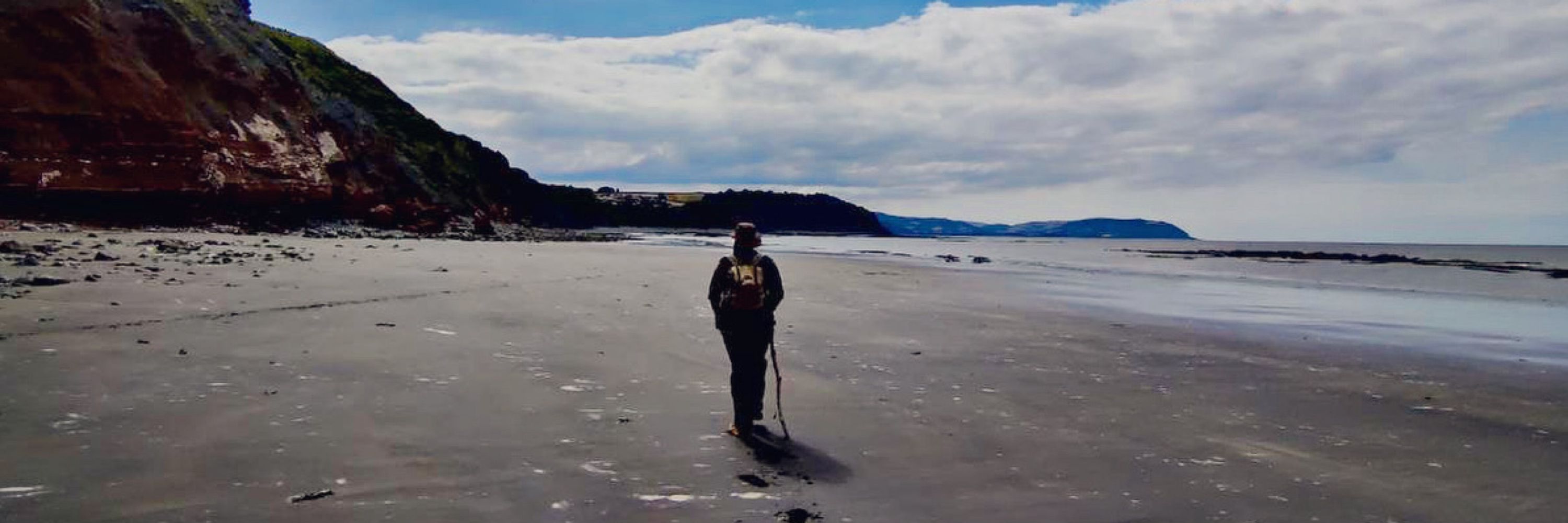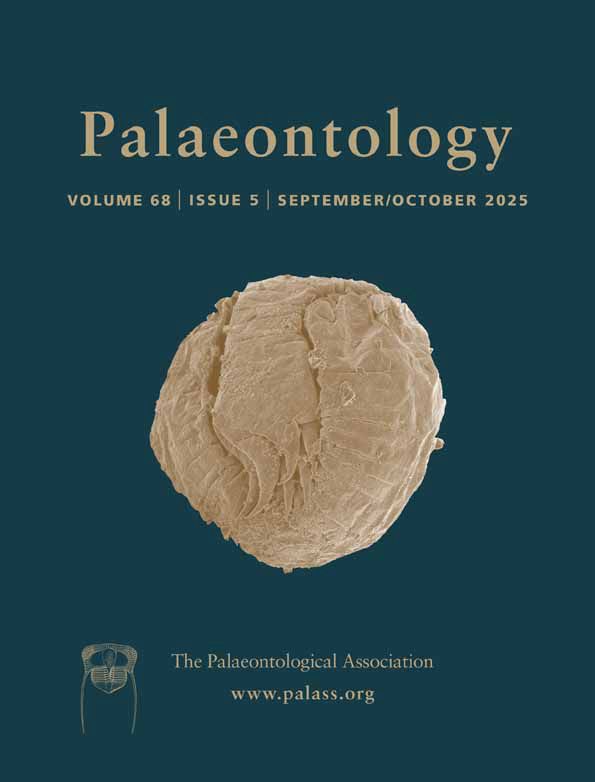Dr Suresh Singh
@palaeosingh.bsky.social
1.5K followers
530 following
310 posts
• Vertebrate Palaeontologist •📍The Open University, UK • Interested in understanding the links between morphology, ecology & evolution through deep time, with a focus on terrestrial tetrapods & ecosystems •
🌿- 🦕- 🦖
Posts
Media
Videos
Starter Packs
Pinned
Reposted by Dr Suresh Singh
Reposted by Dr Suresh Singh
Reposted by Dr Suresh Singh
Reposted by Dr Suresh Singh

















